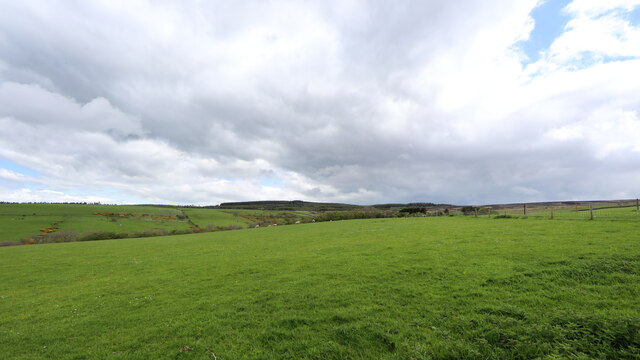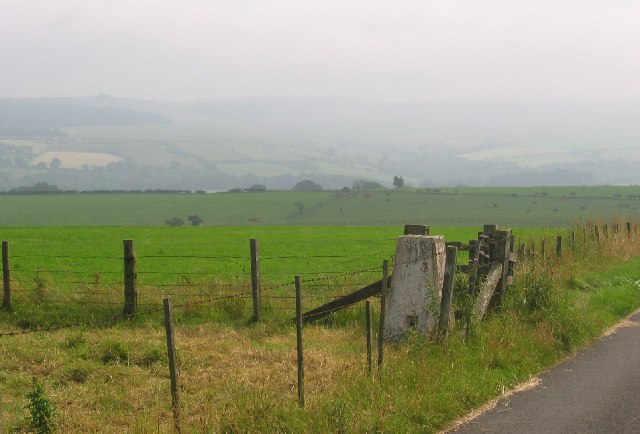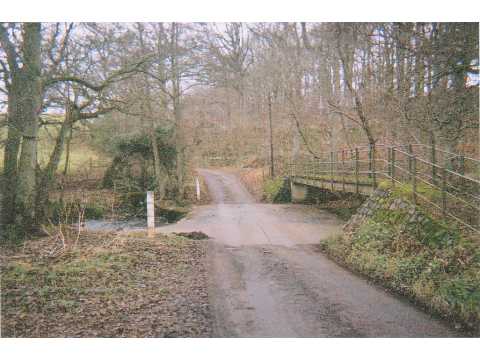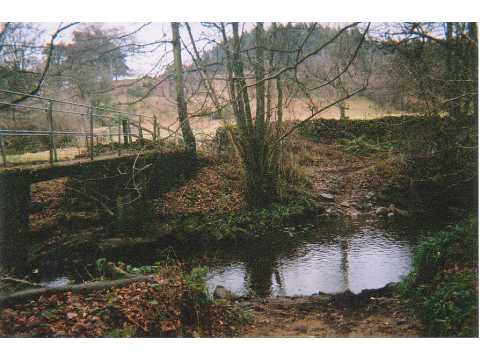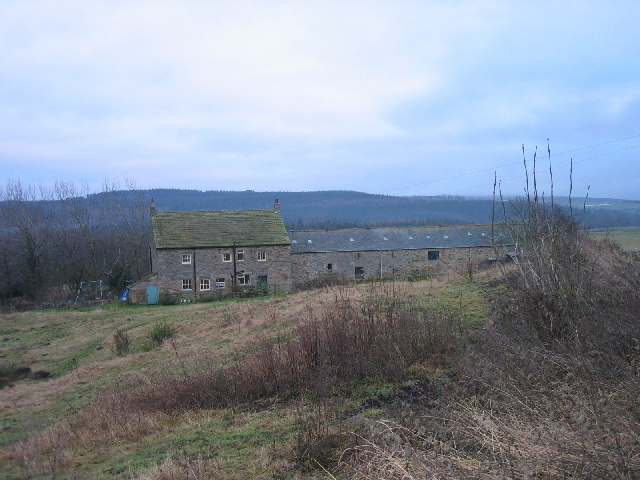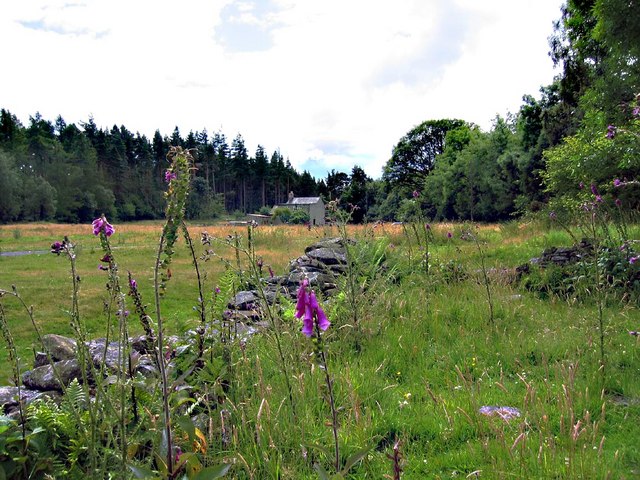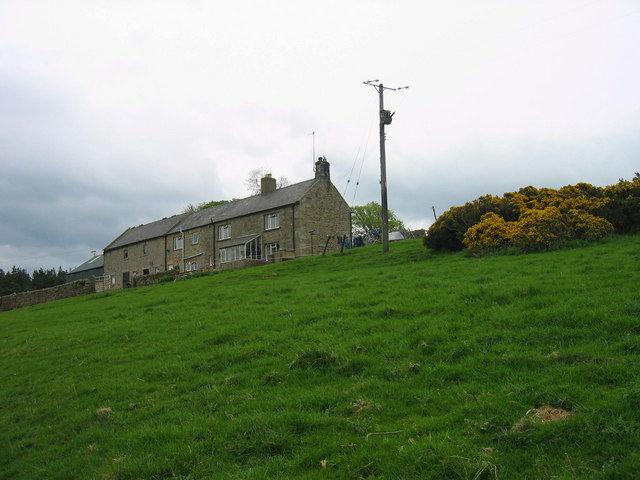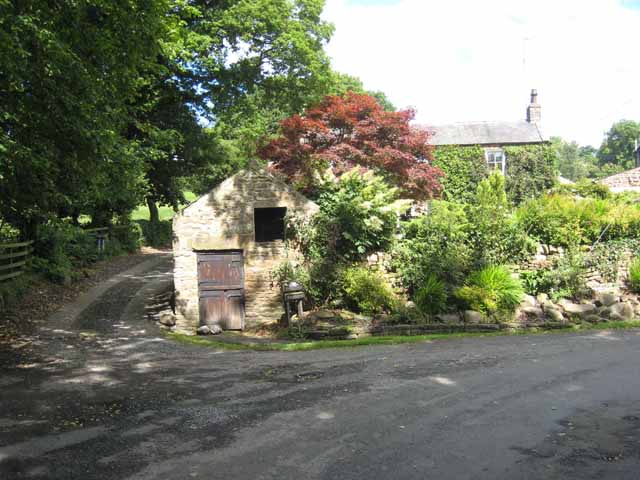Viewley Wood
Wood, Forest in Northumberland
England
Viewley Wood

Viewley Wood is a picturesque woodland located in the county of Northumberland, England. Covering an area of approximately 100 hectares, it is a significant natural resource in the region. The wood is situated near the village of Viewley and is easily accessible via well-maintained footpaths.
The wood is predominantly composed of a mix of deciduous and coniferous trees, including oak, beech, birch, and pine. This diversity of tree species creates a rich and vibrant ecosystem, attracting a wide range of wildlife. Visitors to Viewley Wood can expect to encounter various bird species, such as woodpeckers, owls, and thrushes, as well as small mammals like rabbits, squirrels, and hedgehogs.
The wood is popular among nature enthusiasts and walkers due to its tranquil atmosphere and scenic beauty. The well-marked trails winding through the woodland offer visitors the opportunity to explore and appreciate the natural surroundings. In spring, the forest floor comes alive with a carpet of bluebells, creating a breathtaking sight.
Viewley Wood also serves as an important site for conservation efforts. The management of the wood focuses on maintaining and enhancing the biodiversity of the area, ensuring its long-term sustainability. Regular tree planting and maintenance activities are carried out to promote the growth of native species and create a balanced ecosystem.
Overall, Viewley Wood is a cherished natural gem in Northumberland, providing a haven for wildlife, a recreational space for visitors, and a site of ecological significance.
If you have any feedback on the listing, please let us know in the comments section below.
Viewley Wood Images
Images are sourced within 2km of 54.893939/-2.1149225 or Grid Reference NY9255. Thanks to Geograph Open Source API. All images are credited.


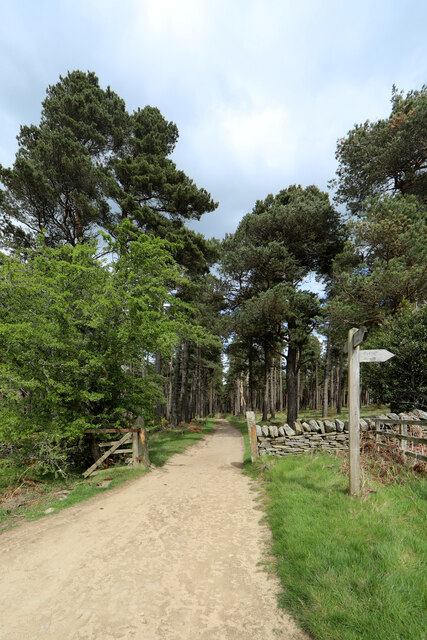
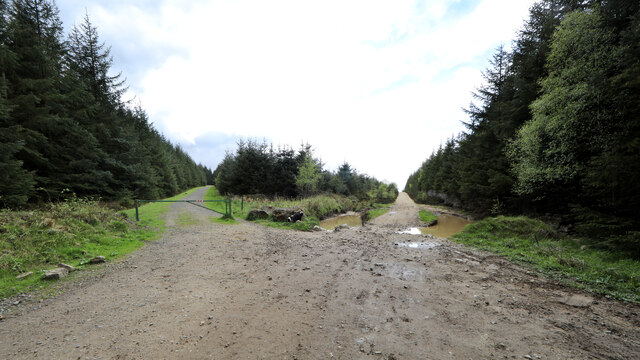
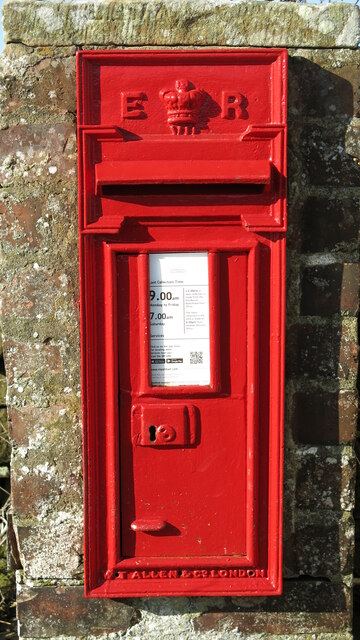
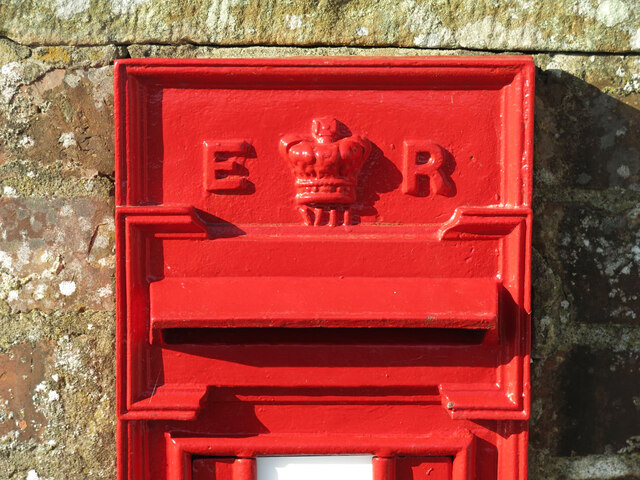
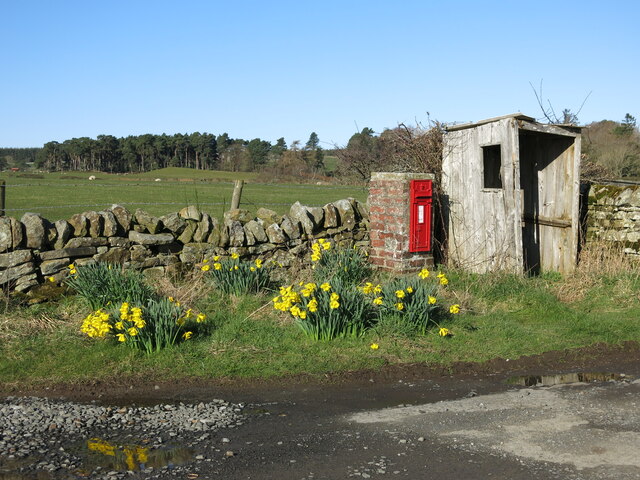
Viewley Wood is located at Grid Ref: NY9255 (Lat: 54.893939, Lng: -2.1149225)
Unitary Authority: Northumberland
Police Authority: Northumbria
What 3 Words
///sprayed.constrain.school. Near Slaley, Northumberland
Nearby Locations
Related Wikis
Whitley Chapel
Whitley Chapel is a village in Northumberland, England about 4 miles (6 km) south of Hexham, and in the parish of Hexhamshire. == Governance == Whitley...
Hexhamshire
Hexhamshire is a civil parish in Northern England. It was incorporated into Northumberland in 1572. == History == Hexhamshire was originally a single parish...
Juniper, Northumberland
Juniper is a hamlet in the English county of Northumberland. It is about 5 miles (8 km) due south of Hexham in the area known as Hexhamshire. There is...
Hexhamshire Low Quarter
Hexhamshire Low Quarter is a former civil parish, now in the parish of Hexhamshire, in Northumberland, England. It was situated to the south of Hexham...
Nearby Amenities
Located within 500m of 54.893939,-2.1149225Have you been to Viewley Wood?
Leave your review of Viewley Wood below (or comments, questions and feedback).
